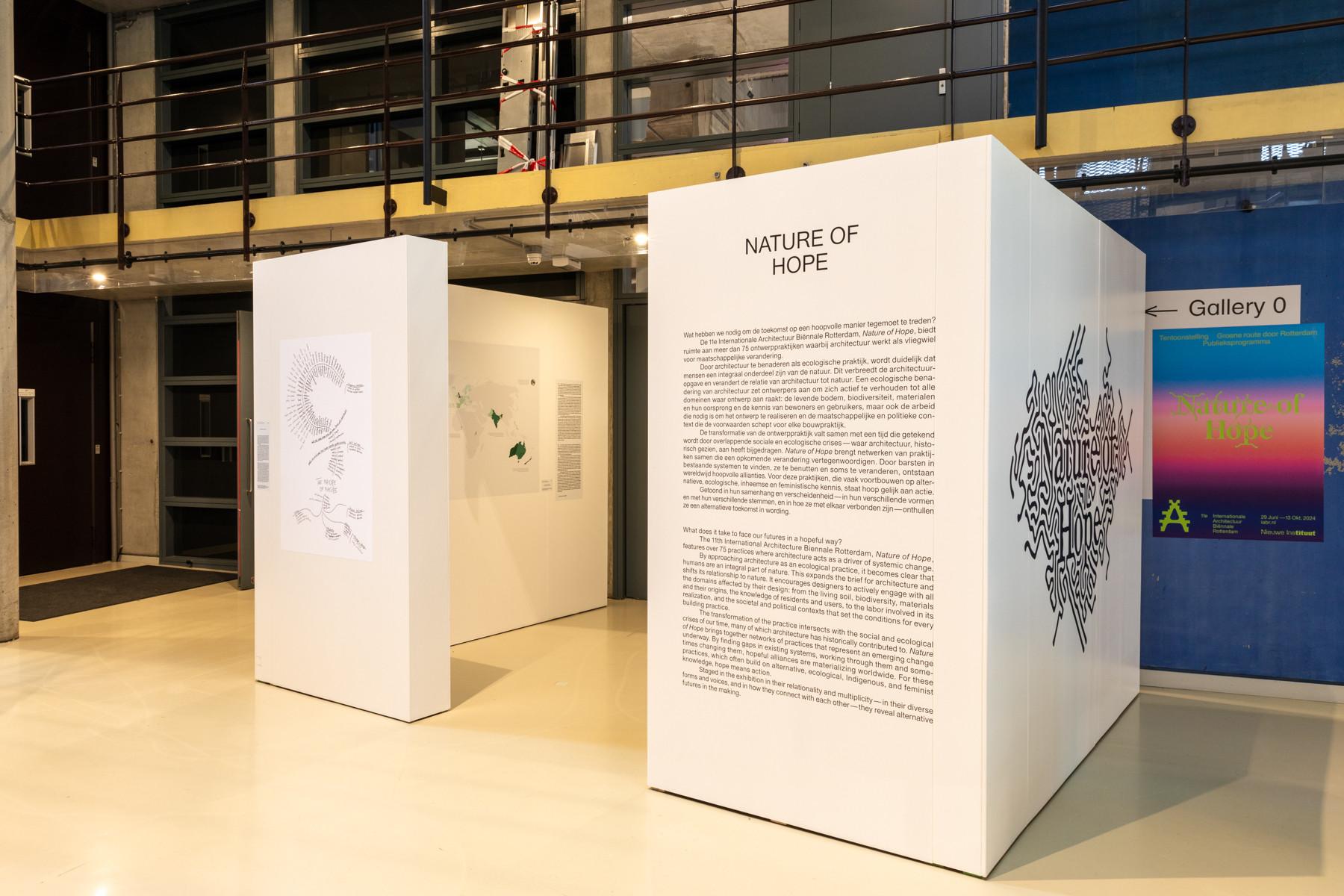Nature of Hope approaches architecture as an ecological practice. People are not separate from nature, but an integral part of it. But the binary thinking in which nature is everything that is not human or made by people has a long and dominant history. To introduce the exhibition, IABR therefore asked researchers, philosophers, historians and writers to reflect on how we look at nature. Every week we share one of the contributions, which can also be seen in the exhibition.
Alex Putzer reflects on the rights of nature.
The rights of nature describe a concept that recognizes the value of nature independent of human interests. Originating in the seminal article ‘Should Trees Have Standing’ by Christopher Stone (1972), it breathes life into a relational understanding between humans and their environment. It is an understanding that has always co-existed in both Western and non-Western worlds. It is one, however, that was all too frequently ignored.
Amid multiple environmental crises, concepts like the human right to a healthy environment are fostering new hope. The rights of nature go one step further and protect nature for its own sake. Decisions are negotiated between human and non-human nature. This radical idea puts the rights of nature in line with revolutions of the past. Following Copernicus and Galileo, the Sun replaced the Earth as the centre of the solar system. After Darwin and Wallace, the human became only one of many life forms. The rights of nature combine such re-centring and de-centring to better reflect an entangled reality within ethics and law.
With the rights of nature, to quote Article 71 of the Constitution of Ecuador (2008), nature begins to have ‘the right to integral respect for its existence.’ Growing both in theory and practice, between 2006 and 2024, 495 initiatives in 40 countries and territories across the globe paint the image of a diverse movement. Its multifaceted cultural expressions and legal implementations present a challenge for tracing it. The Eco Jurisprudence Monitor took up this challenge and has been documenting global initiatives since 2022. The website acts as a continuously updated interactive platform operating on the principles of open access and collaboration. The presented map is based on its data. Both map and Monitor aim at building an alliance between citizens, activists, policymakers, researchers, and, ultimately, all of nature.




